Mechanical Circulatory Support Series: Sweep
FOAMfrat
OCTOBER 28, 2023
My primary interest in these blog posts is to write about the unique transport considerations of Mechanical Circulatory Support Devices (MCS) and to help educate the readers on the physiological concepts of MCS devices and how they work. What is Sweep? My contact information is at the bottom of the blog! Okay, easy enough.

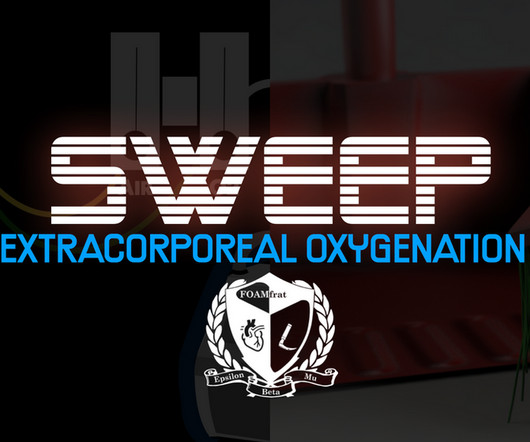
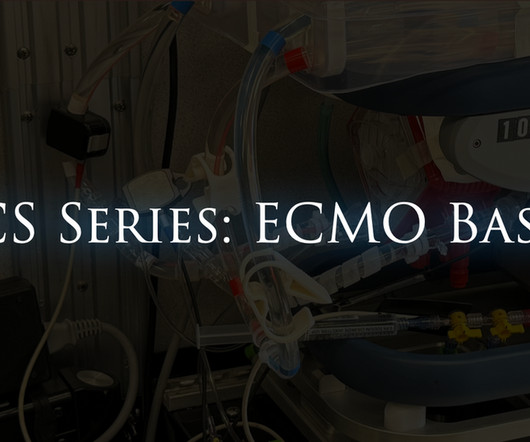
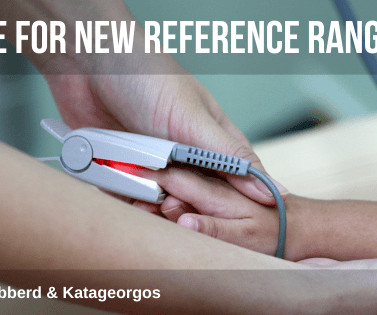
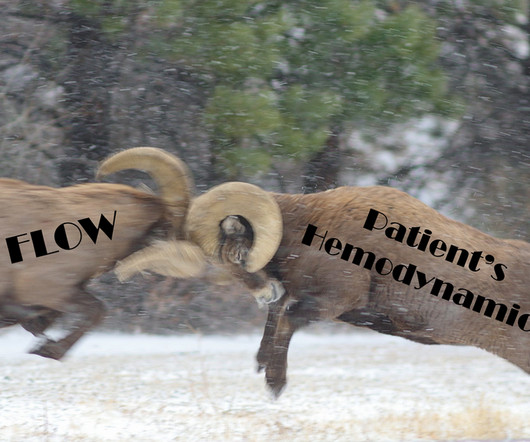
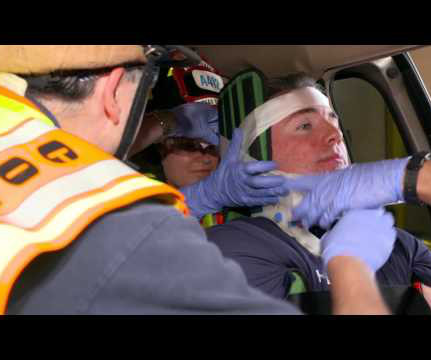
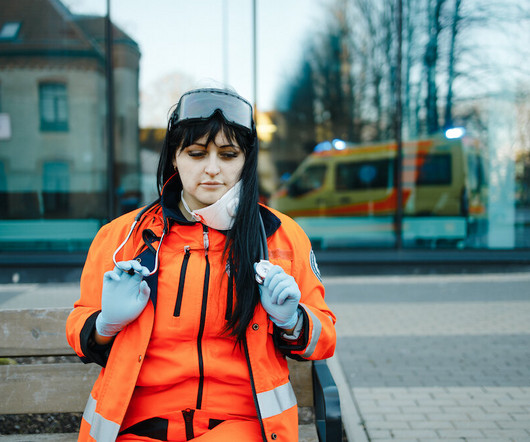
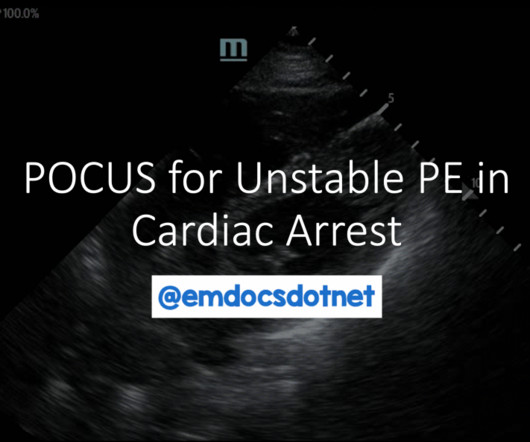






Let's personalize your content